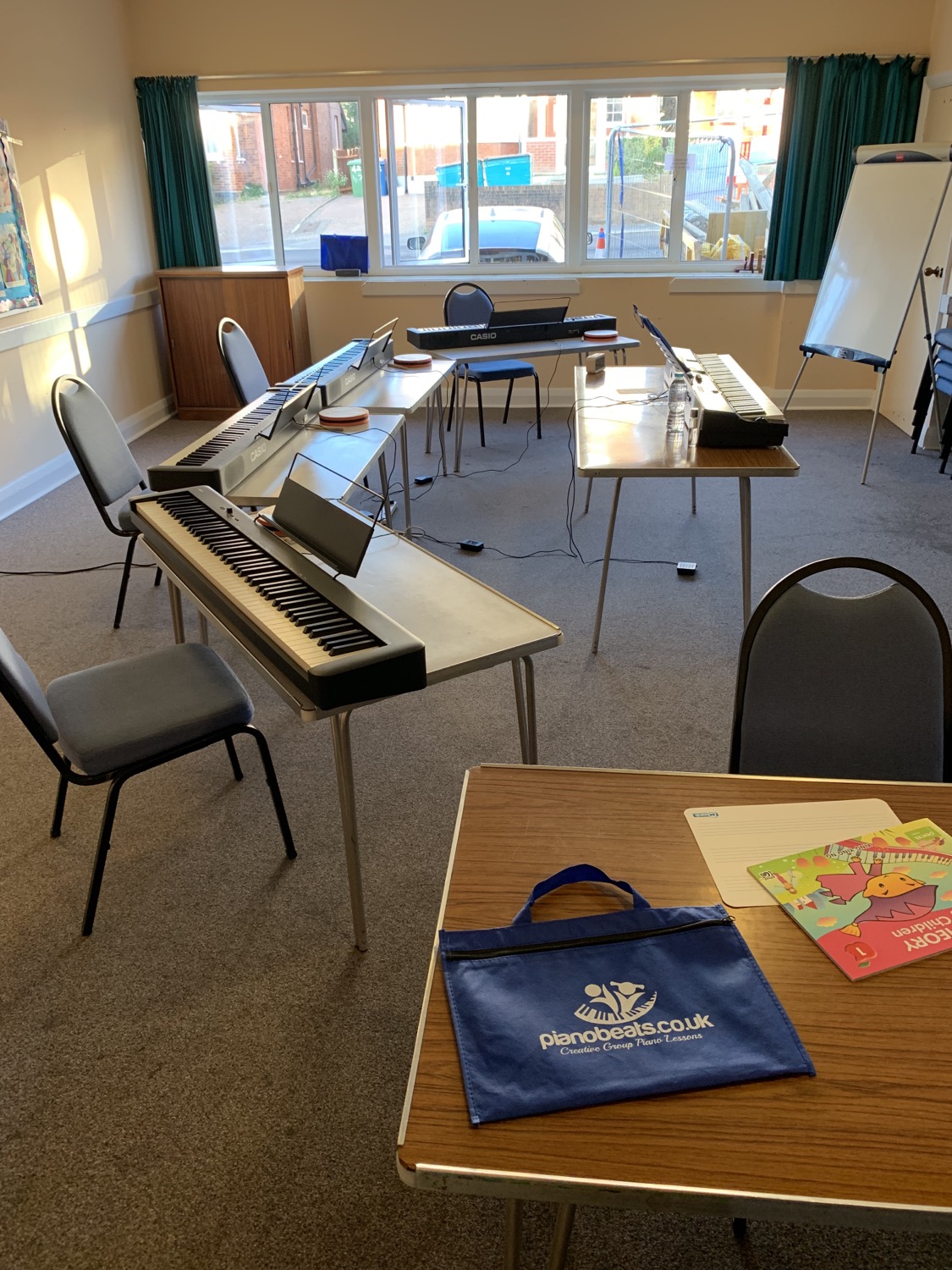Choosing the Right Piano for Your Child: Digital, Small Keyboard, or Acoustic?
- Marek Koczen

- 3 days ago
- 4 min read

Choosing a piano for your child can feel overwhelming. With so many options available, it’s hard to know which instrument will best support their learning and enjoyment. Should you invest in a traditional acoustic piano, a digital piano, or a small keyboard? Each choice has unique benefits and challenges that affect your child’s experience and progress.
This guide breaks down the key differences between these instruments to help you make an informed decision that fits your child’s needs, your space, and your budget.
Understanding the Options: Acoustic Piano, Digital Piano, and Small Keyboard
Before deciding, it’s important to understand what each type of piano offers.
Acoustic Piano: This is the classic piano with strings and hammers. It produces sound naturally when keys are pressed. Acoustic pianos come in upright and grand styles, with upright models being more common for home use.
Digital Piano: A digital piano uses electronic sound samples to mimic the acoustic piano’s tone. It often has weighted keys to simulate the feel of an acoustic piano and includes features like volume control and headphone jacks.
Small Keyboard: These are compact, portable instruments with fewer keys (usually 49 or 61) and lighter, non-weighted keys. They often include built-in sounds and rhythms but lack the full range and feel of a piano.
Factors to Consider When Choosing a Piano for Your Child
Several practical factors will influence which piano suits your child best.
Space and Portability
Acoustic pianos require significant space and are heavy. If your home has limited room or you may need to move the instrument, a digital piano or small keyboard offers more flexibility.
Digital pianos are generally lighter and slimmer than acoustic pianos, making them easier to fit into smaller rooms. Small keyboards are the most portable and can be stored away easily.
Budget
Acoustic pianos usually have the highest upfront cost, often ranging from $3,000 to $10,000 or more for new models. They also require regular tuning and maintenance, which adds to the long-term expense.
Digital pianos vary widely in price, from around $500 for entry-level models to several thousand dollars for professional-grade instruments. They do not require tuning and have lower maintenance costs.
Small keyboards are the most affordable, with many models available for under $200. However, their limited features may affect your child’s learning experience.
Sound Quality and Touch
The sound and touch of the piano are crucial for developing proper technique and musicality.
Acoustic pianos produce rich, natural sound with dynamic range and resonance. Their keys have weighted action that responds to the player’s touch, helping build finger strength and control.
Digital pianos aim to replicate this experience with weighted keys and high-quality sound samples. While not identical to acoustic pianos, many models come close enough for beginners and intermediate players.
Small keyboards usually have unweighted keys and simpler sounds. This can make it harder for children to develop proper finger strength and dynamics.
Learning and Progression
If your child is serious about learning piano, the instrument should support their progress over time.
Acoustic pianos provide the best foundation for technique and expression. They are the standard for most piano teachers and performance settings.
Digital pianos offer many features that support learning, such as built-in metronomes, recording functions, and connectivity to learning apps. These tools can motivate children and make practice more engaging.
Small keyboards are suitable for very young beginners or casual play but may limit progress due to fewer keys and less realistic touch.
Noise and Neighbors
Acoustic pianos can be loud, which might be a concern in apartments or shared living spaces.
Digital pianos and small keyboards allow volume control and headphone use, making them more neighbor-friendly and suitable for quiet practice.
Specific Examples to Help You Decide
If your child is under 6 years old and just starting, a small keyboard can be a fun introduction to music without a large investment.
For children aged 6 to 10 who show commitment, a digital piano with weighted keys offers a balance of quality and affordability.
If your child is older or more serious about piano, and space and budget allow, an acoustic piano provides the best long-term value and experience.
Tips for Buying and Setting Up Your Child’s Piano
Try to test the instrument in person to feel the key action and hear the sound.
Consider secondhand acoustic pianos from reputable sellers to reduce cost.
Look for digital pianos with full 88 keys and weighted action for a more authentic feel.
Set up the piano in a quiet, well-lit area to encourage regular practice.
If noise is a concern, invest in a good pair of headphones for digital pianos or keyboards.
Supporting Your Child’s Piano Journey
No matter which piano you choose, your child’s progress depends on consistent practice and good instruction. Encourage regular lessons with a qualified teacher who can guide technique and musical growth.
Make practice fun by setting goals, celebrating achievements, and exploring different styles of music. The right piano is a tool, but your child’s motivation and support are what truly make the difference.
Choosing the right piano for your child means balancing space, budget, sound, and learning goals. Acoustic pianos offer unmatched quality but require more investment and space. Digital pianos provide a realistic playing experience with added features and flexibility. Small keyboards serve as an affordable starting point for young beginners.



Hi. We’ve been trying to contact your office for over a year now and no response , How does one return the piano and cancel payments ?